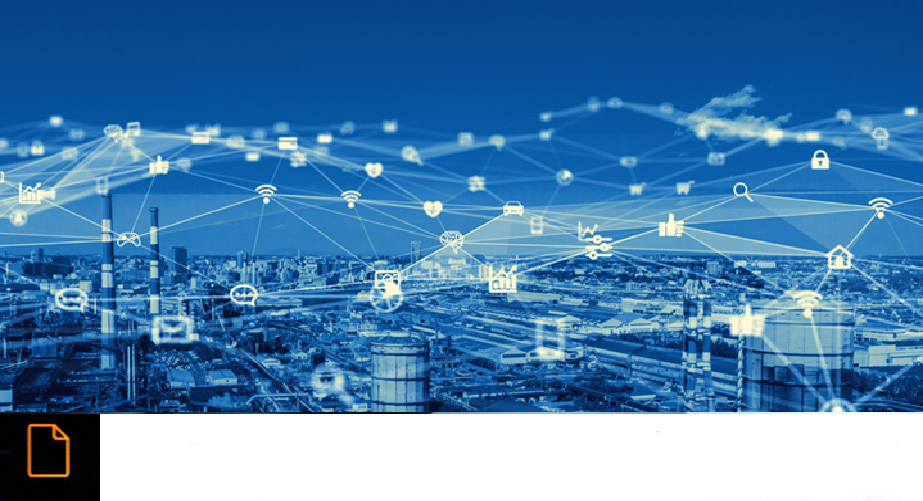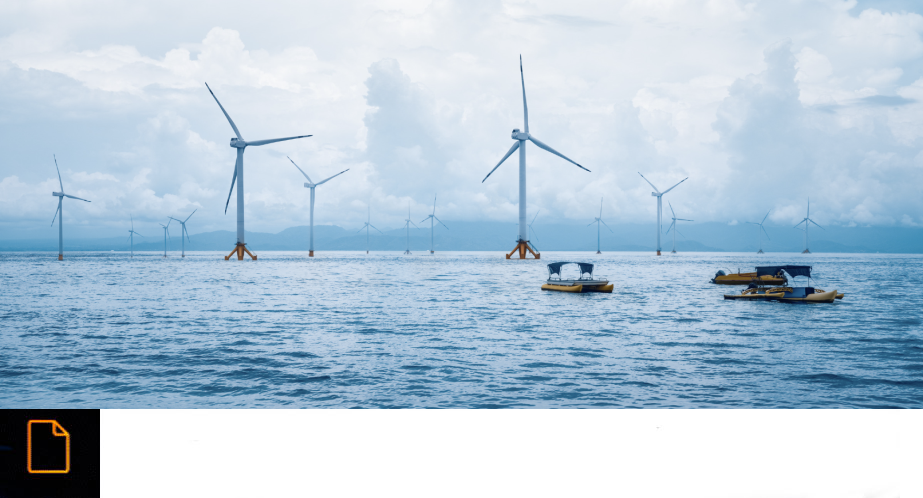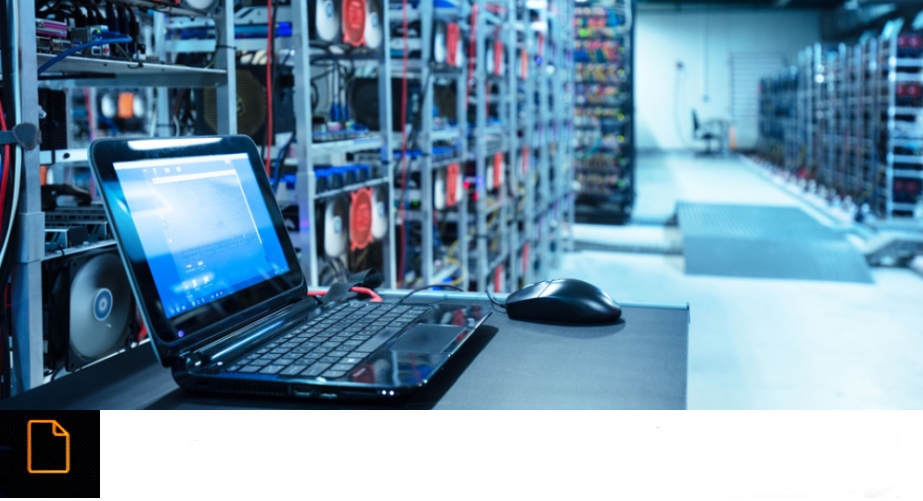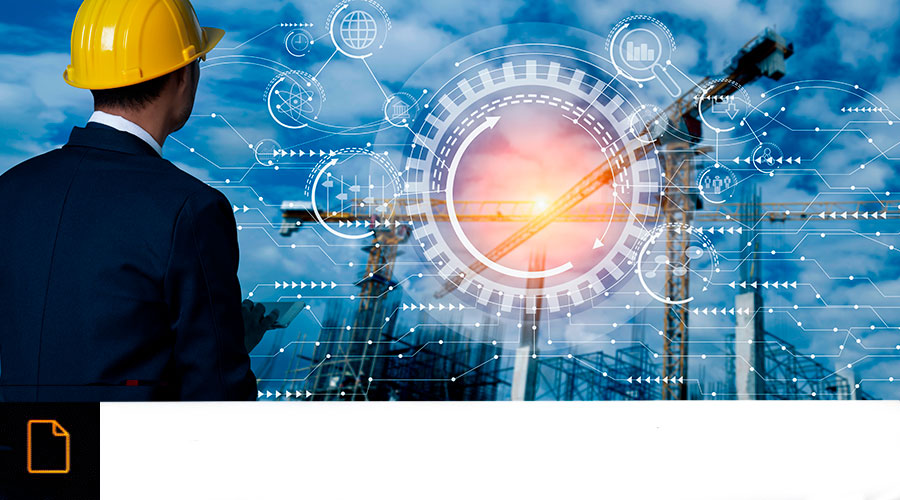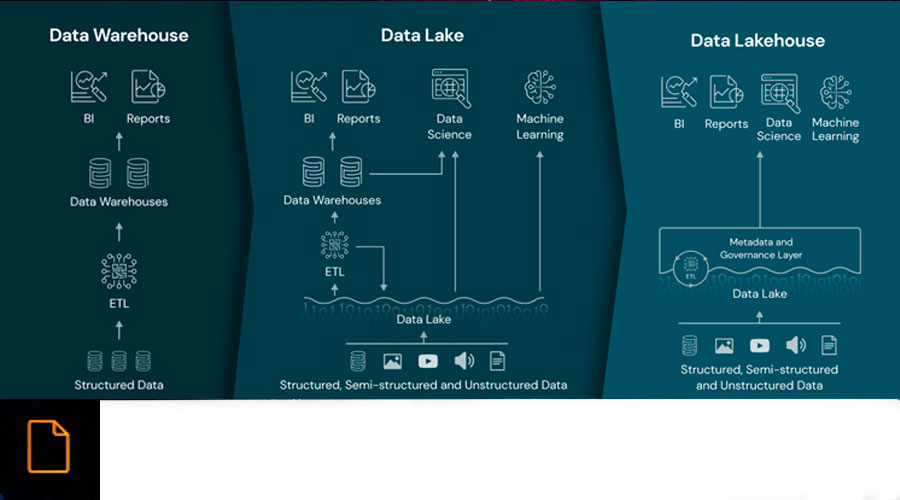HOW DIGITAL TWINS ARE REVOLUTIONIZING THE INDUSTRY
Written by Marketing
12 June 2023 | Digital Twin | Article
The digital transformation we are witnessing is driving innovation in all industry sectors. One of the most promising innovations, and the one that has the longest path ahead, is Digital Twins, real-time digital representations of systems or physical objects that are replicated on a single BIM platform, regardless of their type: industrial plants, infrastructure, buildings...
The creation of these Digital Twins is so effective and reliable with physical systems because exact digital replicas are created by collecting and analyzing real-time data from sensors, devices and systems. And that is what has brought about a huge change in the way products and processes are designed, developed and operated across a very wide range of industries.
Sectors of application of Digital Twins
By 2026, the global digital twins market is expected to reach $48.2 billion, according to a report by MarketsAndMarkets.com. Its application in very different sectors is one of the big keys to its rapid evolution:
- Manufacturing: assist in product development, failure detection, performance evaluation, predictive maintenance, etc.
- Wind and solar sector: optimize plant operation, error detection, etc.
- Automotive industry: they help in the development of prototypes, accelerate manufacturing processes, predict maintenance, detect errors in production, etc.
- Engineering and construction: create digital representations of buildings or cities, solve construction constraints, plan projects, etc.
- Health and pharmaceutical sector: predictive maintenance, quality anomaly detection, increased plant safety, etc.
In addition, Digital Twins are being applied in other industries such as engineering, water, gas and fuel plants, aerospace and defense.
How Digital Twins are transforming the industry
The incorporation of Digital Twins has changed the way design, development and manufacturing processes are conceived in multiple industries.
Manufacturers no longer need to test on a physical system, and can apply artificial intelligence, machine learning and IoT technologies to these Digital Twins before replicating them in the physical world. This saves time, costs and resources, and reduces errors and problems in production, as the conglomeration of AI, IoT and data analytics predicts a product's future performance even before its final design is approved.
Real-time remote monitoring: Being a replica of the system, the digital twins allow users to monitor and control system performance remotely.
Predictive maintenance: IoT sensors in a digital twin system generate large amounts of real-time data, allowing companies to analyze that data to identify system problems. They can then plan maintenance more accurately, improve production line efficiency and reduce the cost of maintenance.
Risk assessment and production acceleration: Digital twins allow companies to test their products before they physically exist in the real world. Engineers can thus identify process errors before the product goes into production and can reproduce scenarios. This improves risk assessment, increases reliability and accelerates the development of new products.
Asset management: in addition to manufacturing and product design, Digital Twins are also transforming the way assets and processes are managed in industry. in the energy sector, for example, they are used to monitor and optimize the operation of power plants, power grids and renewable energy systems. They allow different scenarios to be simulated, production to be optimized and assets to be managed more efficiently, resulting in higher performance and greater profitability.
In the logistics and transportation sector, Digital Twins are used to optimize route planning, fleet management and warehouse logistics. Companies can simulate routes and logistics strategies, identify bottlenecks and optimize processes to reduce costs and improve efficiency in the transport of goods.
These are some of the reasons for the overwhelming success of digital twin technology, and give us an idea of how they are radically transforming the industry, taking it to a new revolution.
Sources:
https://www.marketsandmarkets.com/Market-Reports/digital-twin-market-225269522.html
https://www.iberdrola.com/innovacion/gemelos-digitales
https://revolutionized.com/industrial-sector-digital-twins/
https://www.asidek.es/bim-y-el-gemelo-digital-el-futuro-de-las-infraestructuras/
https://www.xenonstack.com/insights/digital-twin-in-industry
https://link.springer.com/article/10.1007/s00170-022-09632-z






